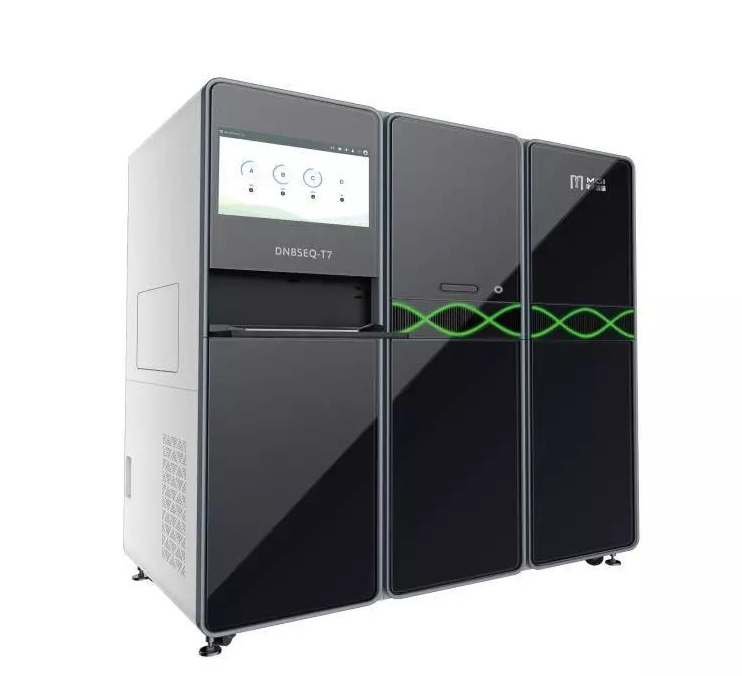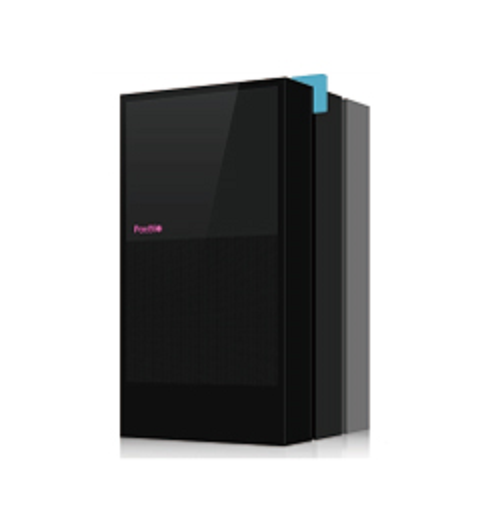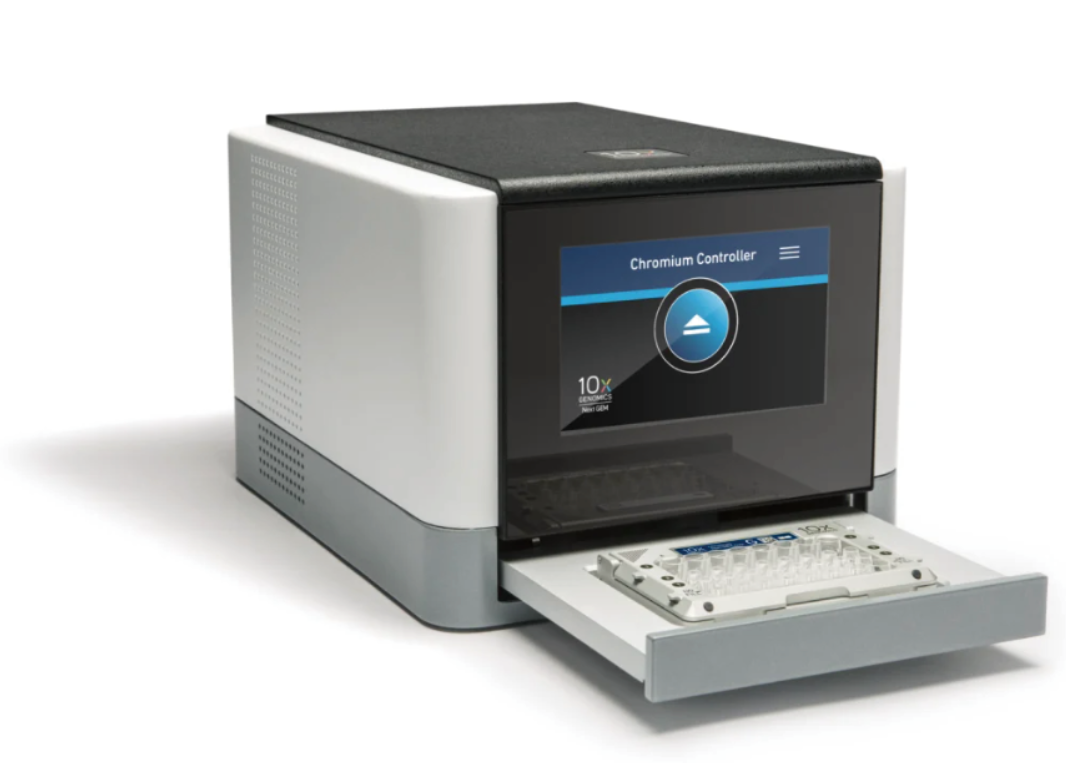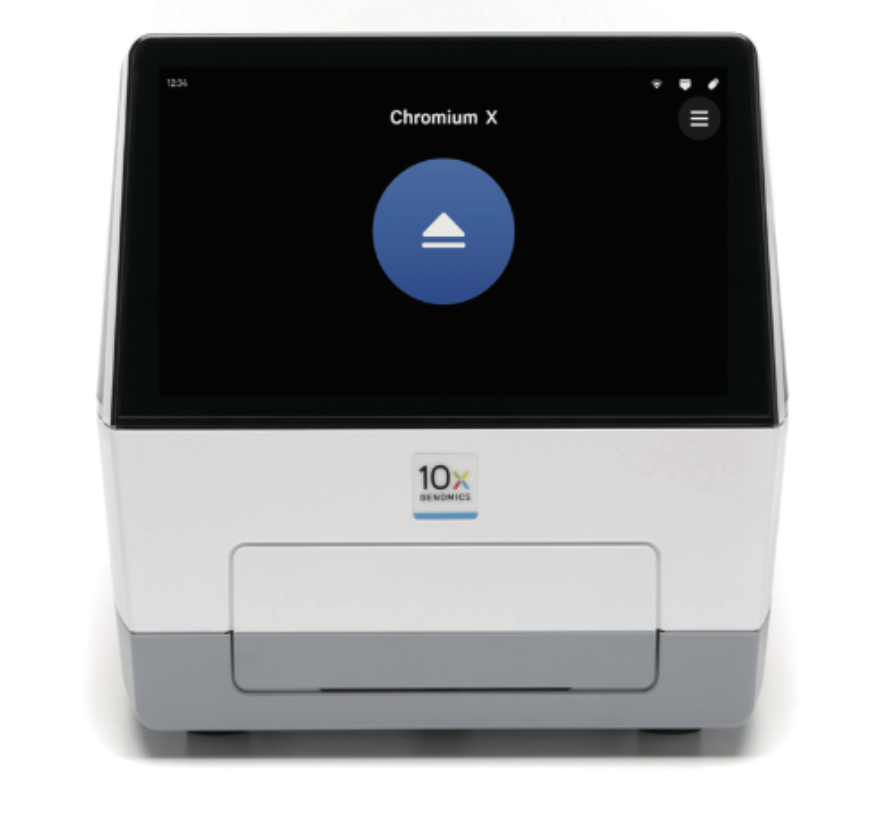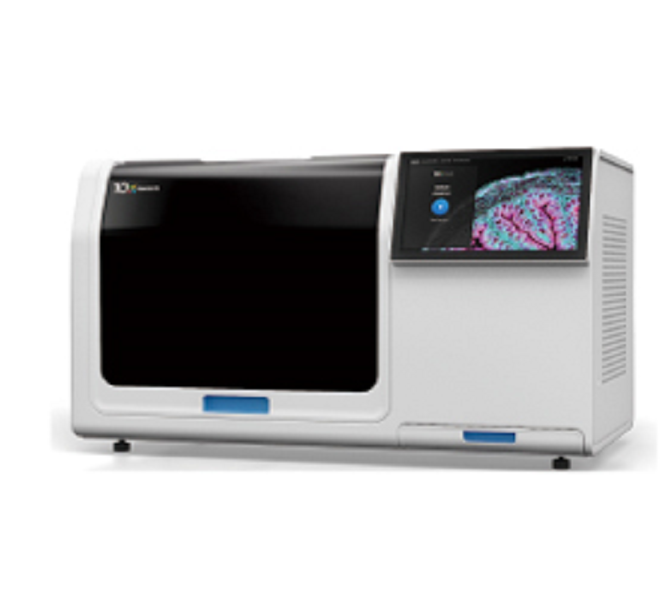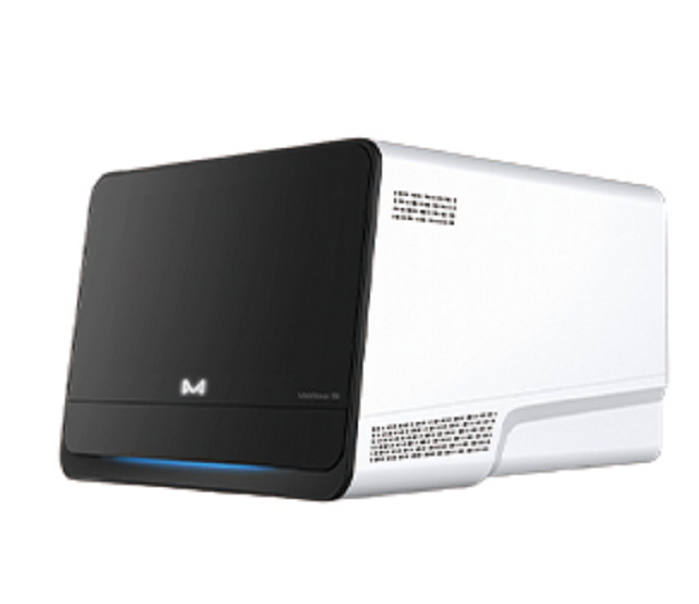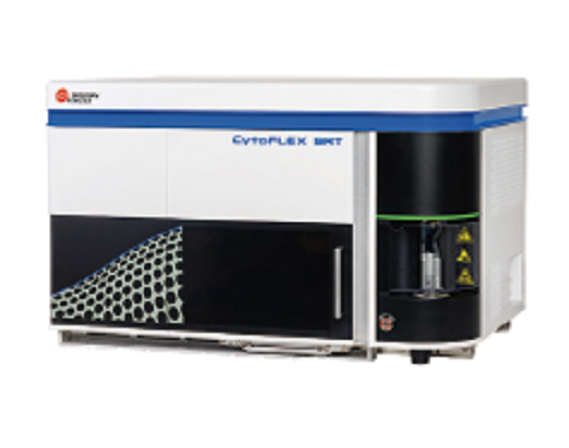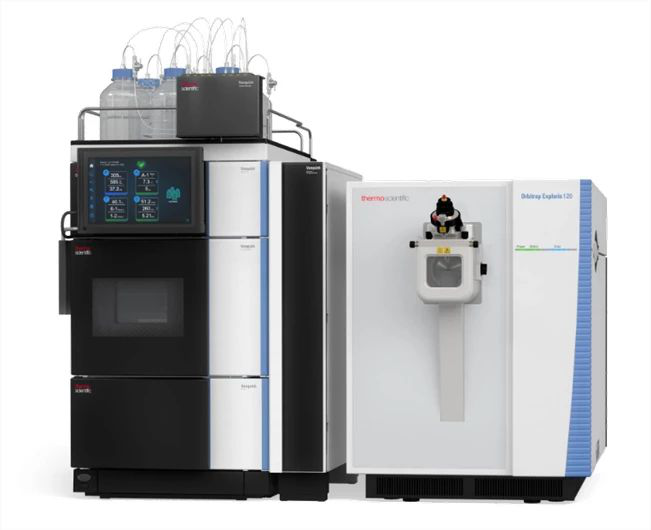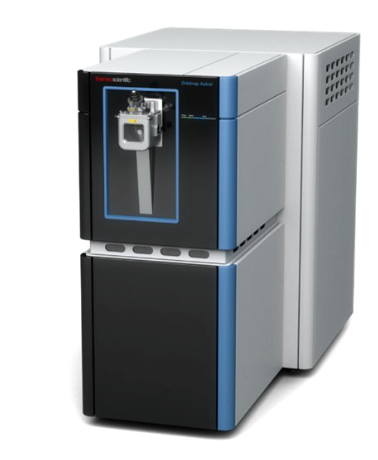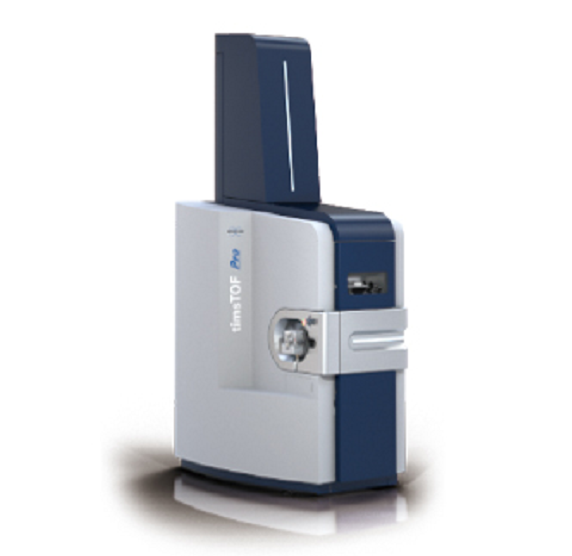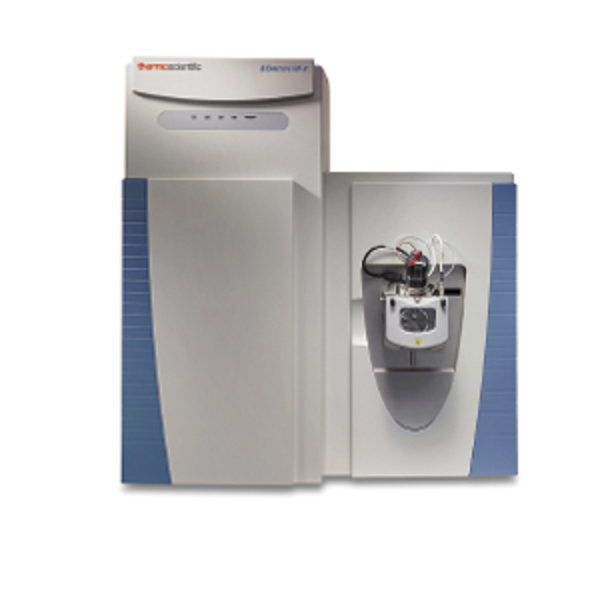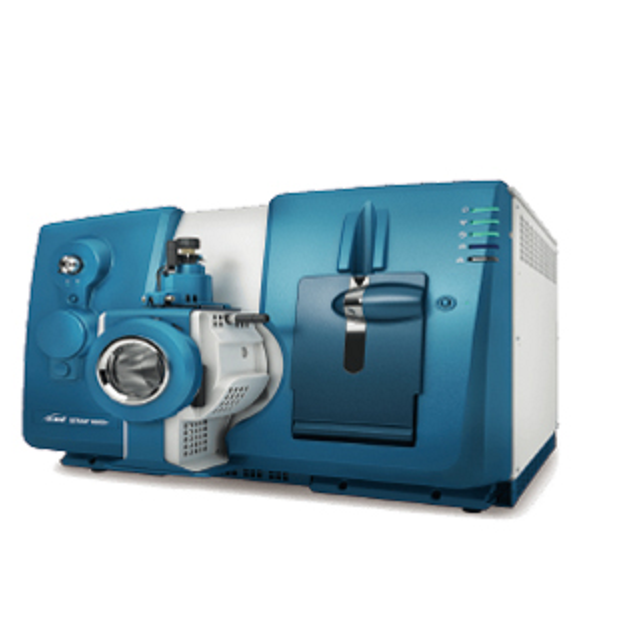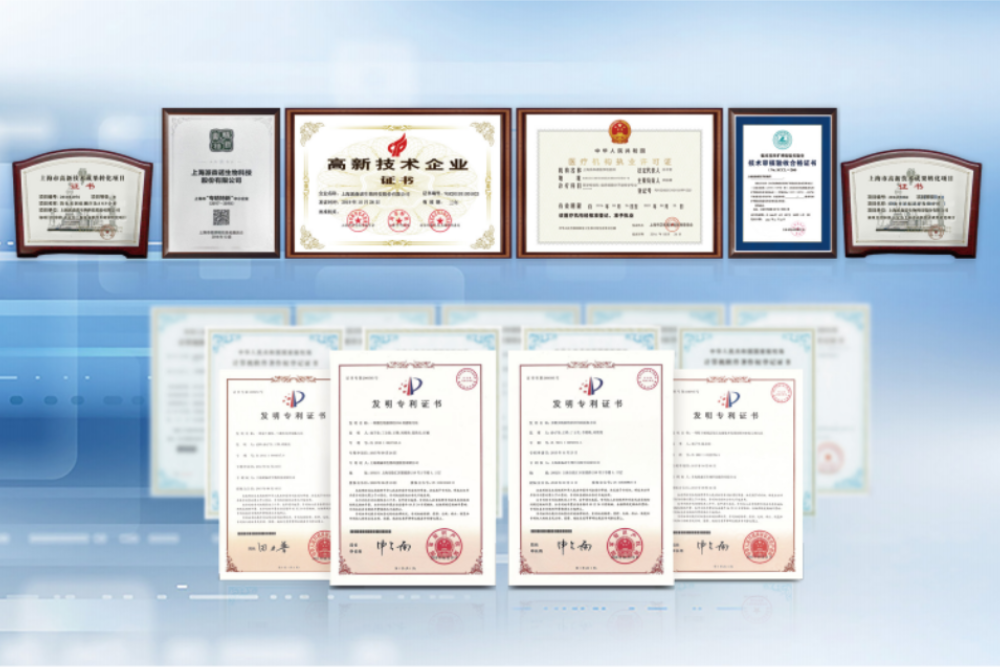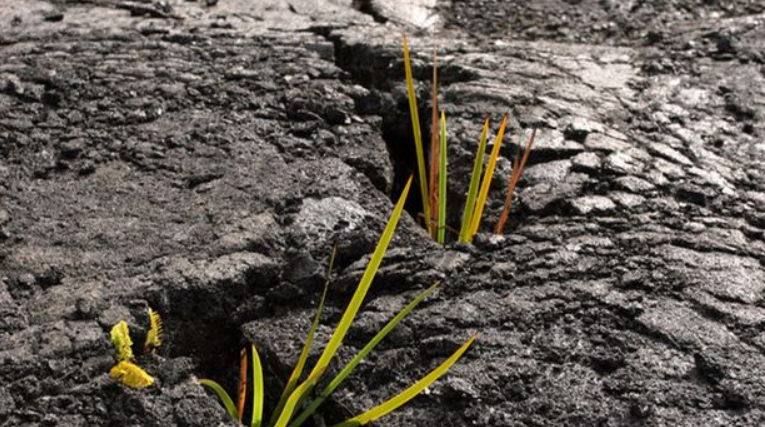
Abstract:
We conducted a survey of native grass species infected by endophytic fungi in a copper tailings dam over progres-
sive years of phytoremediation. We investigated how endophytic fungi, soil microbial community structure and
soil physiochemical properties and enzymatic activity varied in responses to heavy metal pollution over different
stages of phytoremediation. endophyte infection frequency increased with years of phytoremediation. Rates of
endophyte infection varied among different natural grass species in each sub-dam. Soil carbon content and soil
enzymatic����� activity gradually increased through the years of phytoremediation. endophyte infection rates of
Bothriochloa ischaemum and Festuca rubra were positively related to levels of cadmium (Cd) pollution levels,
and fungal endophytes associated with Imperata cylindrical and Elymus dahuricus developed tolerance to lead
(Pb). The structure and relative abundance of bacterial communities varied little over years of phytoremediation,
but there was a pronounced variation in soil fungi types. Leotiomycetes were the dominant class of resident fungi
during the initial phytoremediation period, but Pezizomycet������es gradually became dominant as the
phytoremediation period progressed. Fungal endophytes in native grasses as well as soil fungi and soil bacteria
play different ecological roles during phytoremediation processes.



